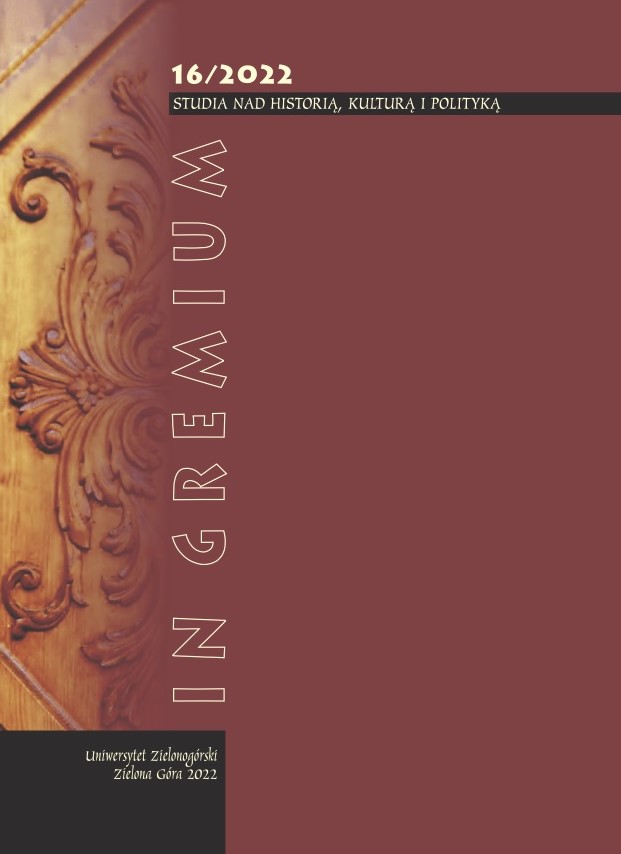Abstract
The owner of the Kunvald Château, the countess Maria Walburga, attempted to copy and improve the concept of Dessau Philanthropinum and inspired herself in the works of J. B. Basedow. She established her own Philantropinum in Kunvald village between 1792 and 1814. It is an interesting example of a school based on ideas from the late Enlightenment and Philanthropy, where children studied regardless of their gender, religion, or social status.
The Philanthropinum in Kunvald employed various modern methods, and was exceptionally religiously tolerant. This article tries to summarize basic information about Kunvald/Kunín and its surroundings; to briefly introduce families that owned the château, and the main goal of this article is to aptly describe the schedule and regimen of the Kunvald Philanthropinum.
References
R. Koerrenz, S. Engelmann, 2019, Forgotten Pedagogues of German Education: A History of Alternative Education.
J. Kubový, 1970, Dějiny Kunína.
V. Linhartová, 2000, Zajímavá cesta do života pozoruhodné moravské ženy: Marie Walburga hraběnka z Truchsess-Waldburg-Zeilu. “Univerzitní noviny”, 9 (7), pp. 37–40.
F. N. Magill, 1999, The 17th and 18th Centuries: Dictionary of World Biography, Volume 4.
K. Musil, 1972, Kronika obce Kunín 1953–1972.
J. J. Rousseau, 1889, Émile or Concerning Education, translated from French by E. Worthington, Illinois.
J. Zezulčík, 2013, Historie zámku. https://www.muzeumnj.cz/kunin/historie, retrieved 04-20-22.
J. Zezulčík, 2004, Znamenitá paní hraběnka. “Časopis Poodří” 2 (7), pp. 13–34

